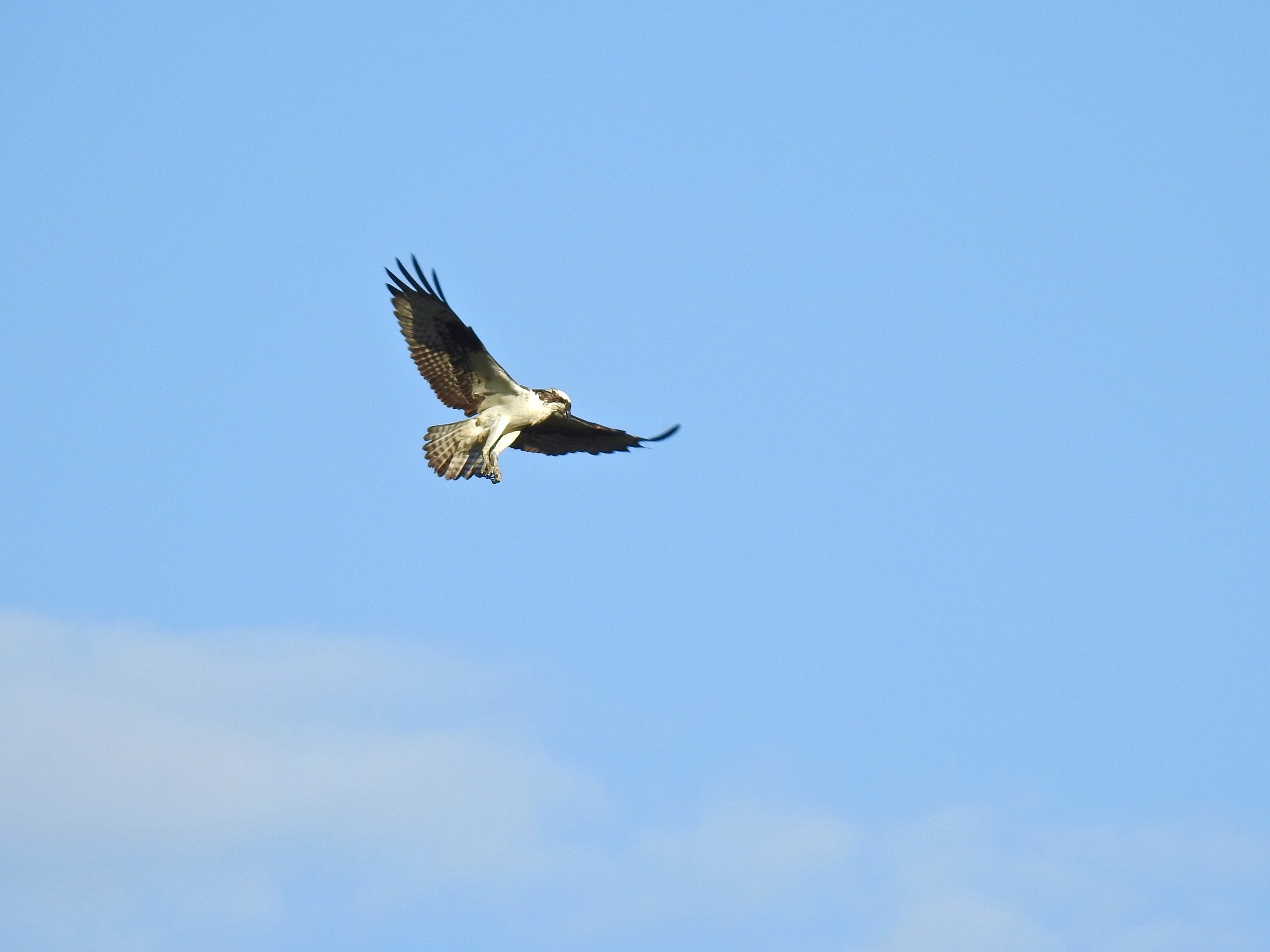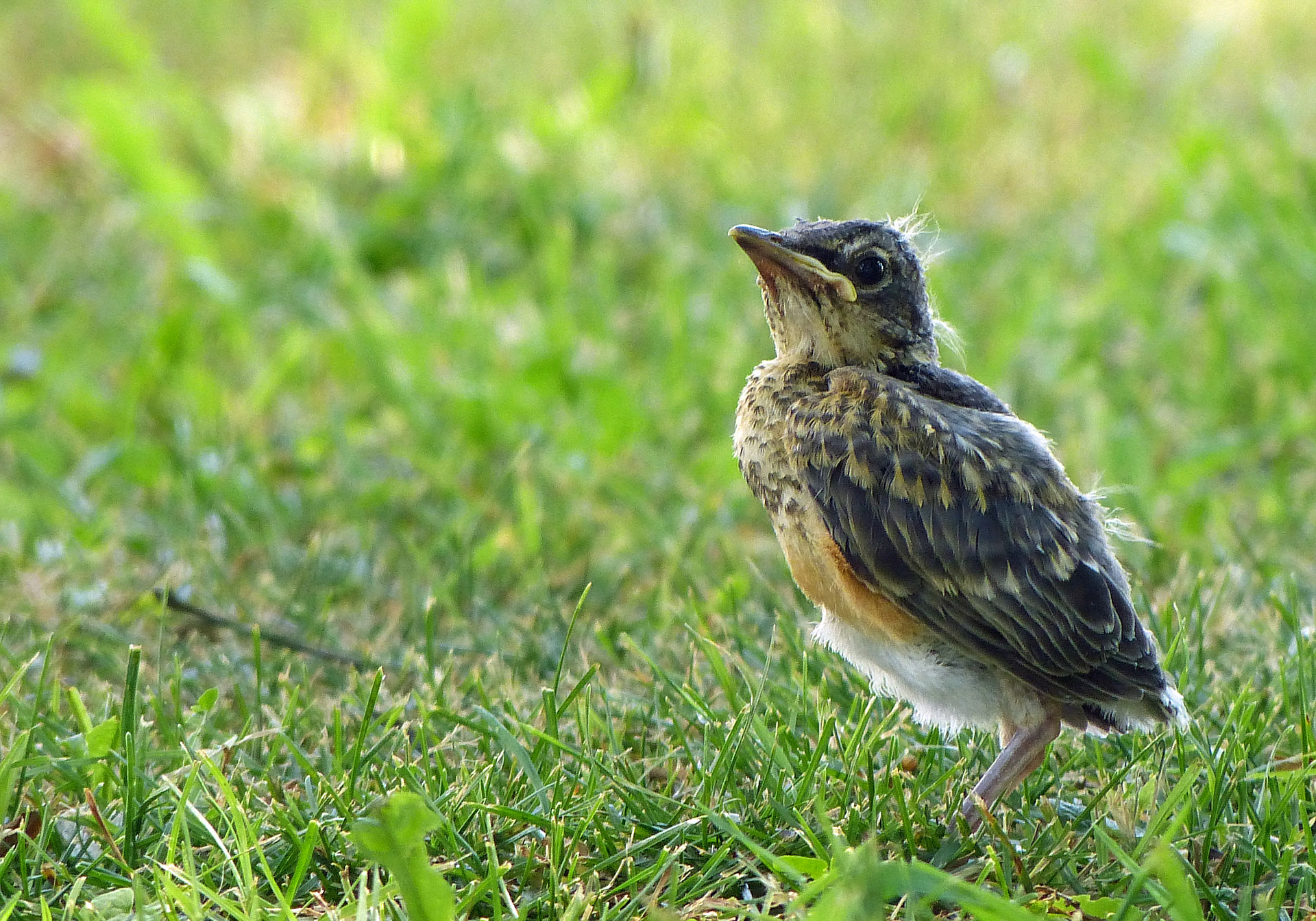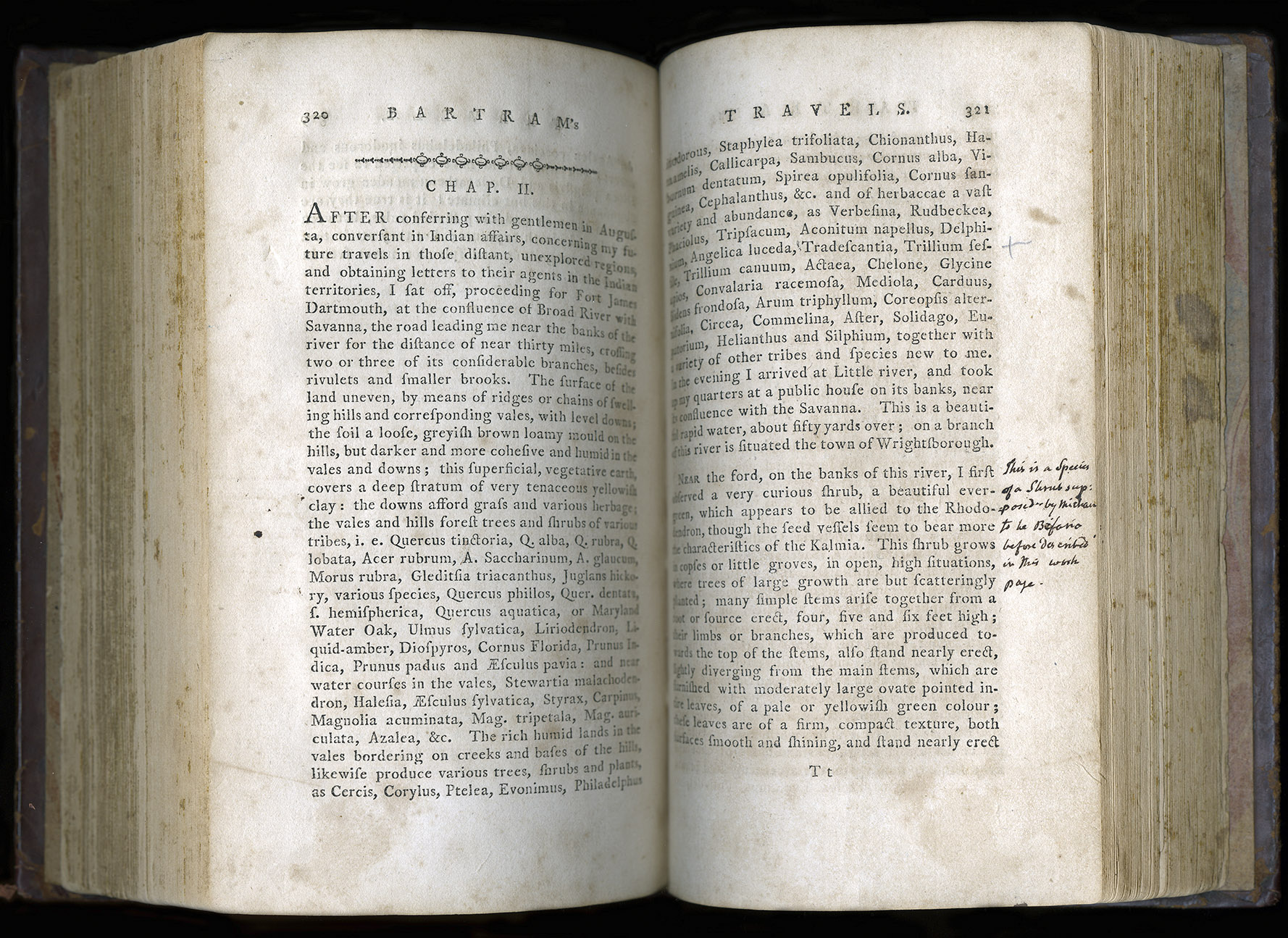This is especially true as right now is prime time for migration! All kinds of birds, from eagles to songbirds, are crossing continents, some by day, some by night. Some make shorter journeys, not leaving the country, yet others will travel all the way to Argentina! Some birds, like the Northern Rough-winged Swallow will leave the Northeast for now, and others, like the White-throated Sparrow will join us for the winter.
This same Red-tailed Hawk is shown in the video later in the blog. Photo taken at the Woodlands by Toribird.
Many warblers are currently on the move. However, they can be a real challenge to identify in the fall as almost all have changed from their bright spring colors to drab, olive-green plumage with significantly less variation between species. However, two warblers that are still easy to recognize are the Black-throated Blue and Black-and-White Warblers. These little birds are passing through Philly on their way South. Both are conveniently well-described by their names: the male Black-throated Blue Warbler has a steely-blue back, a black throat and mask, and white underparts. Black-and-White Warblers are simply striped black and white. They like to act like little woodpeckers, crawling vertically on trees.
An Osprey striking a pose for the camera. Photo by Toribird.
Many species of birds of prey are also traveling right now. Keep your eyes to the sky, as many will be flyovers, just trying to cover distance and not hunting or landing. You could see Bald Eagles and Ospreys, or falcons like American Kestrels and Merlins. Many hawks like the Sharp-shinned Hawk and Red-shouldered Hawk will also be passing through. Keep in mind, though, that most will be in flight, and sometimes distant or backlit. Test your ID skills on these migrants, but don't fret if you can't always pin down a species. Sometimes, they are best left as the ever-common Black Dot in the Sky Bird.
Speaking of hawks, check out this video of a Red-tailed Hawk, a common bird in Philly, eating a chipmunk at the Woodlands!
I caught the resident cemetery Red-tail eating a light dinner of a chipmunk in September 2018.
Interested in coming on one of my (Toribird’s) bird walks? I will be leading two on Sunday, October 21 as part of Halloween Family Fun Day. They are geared for beginner birders, but all skill levels are always welcome! We can expect to see birds like flickers, starlings, robins, and House Finches, among others. If you’ve wanted to try birding the Woodlands but have been a bit hesitant, a guided walk could be a good way to start.
Written by Toribird


















